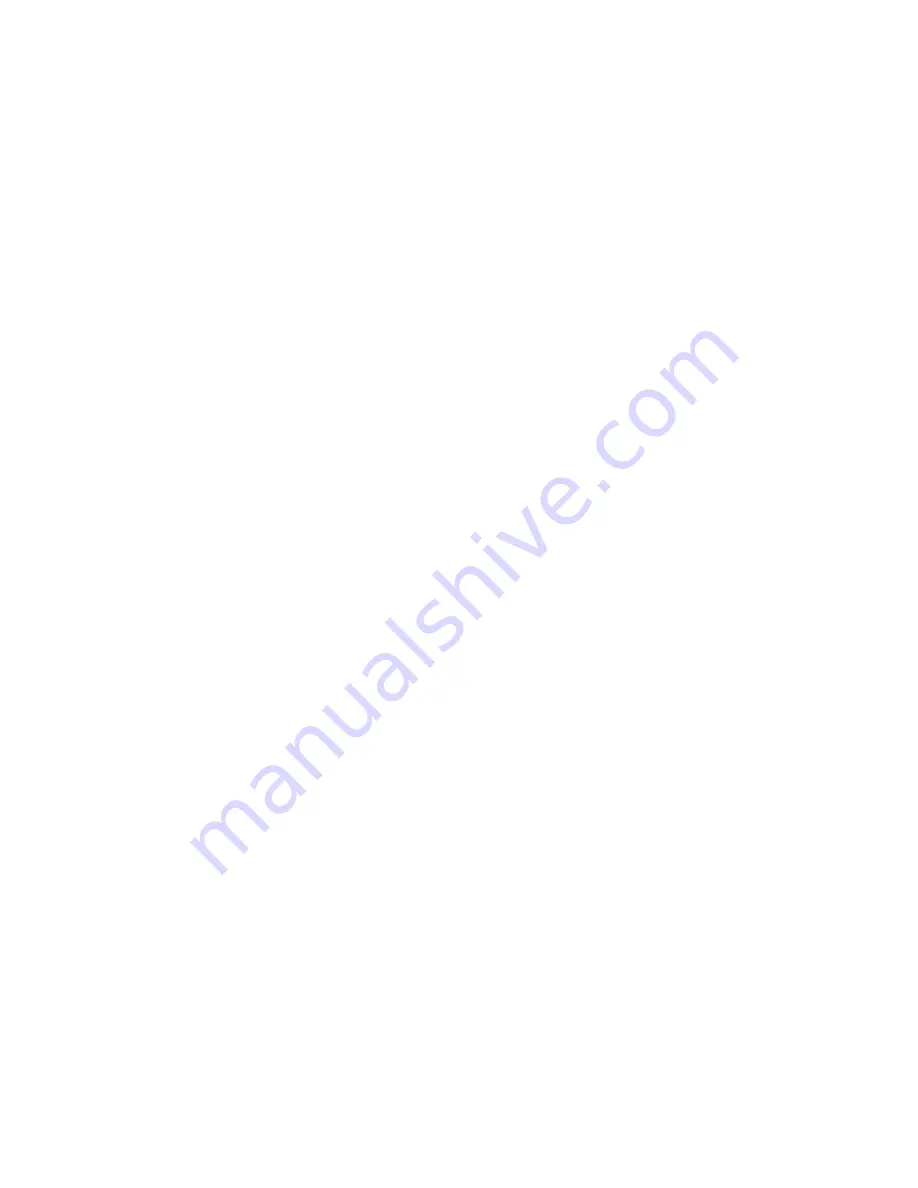
Contact the Kogan customer support centre for assistance in these circumstances:
• If liquid has been spilled into the tool or charger, or if rain or water has touched the tool, Battery Pack or
charger.
• If the tool or charger does not operate normally after you follow the operating instructions.
• If the tool or charger has been dropped or damaged.
• If the tool or charger exhibits a distinct degradation in performance.
• If the tool or charger is damaged in any way.
• If the battery pack is not charged within the time frame as specified in this manual, turn charger off.
• To reduce the risk of an electric shock, unplug the charger from the power supply before attempting to clean
it. To clean tool or charger, wipe with a damp cloth. Use of any other cleaners is not recommended.
• Do not place any object on to, or allow anything to rest on the charger.
• Make sure that the charger cable is positioned where it will not be stepped on, tripped over or otherwise
subjected to damage or stress. Keep the lead away from operating machinery.
• Do not pull on the lead of the charger to disconnect it from the mains power socket.
• Do not use an extension cord unless it is absolutely necessary. The use of an improper extension cord could
cause the risk of fire, electric shock or electrocution.
• Never attempt to connect two chargers together.
• Do not charge batteries or use the tool and battery pack in locations where the temperature may be below
0°C or exceed 40°C such as alongside sheds or metal structures.
• The battery can be charged or operated at temperatures between 0° C and 40° C.
NEVER CHARGE YOUR LITHIUM ION BATTERY BELOW OR ABOVE TEMPERATURES RECOMMENDED OTHERWISE
FIRE OR SERIOUS DAMAGE TO THE BATTERY PACK MAY OCCUR.
The most suitable temperatures to charge the battery pack are between 20 - 25° C.
• The battery can be stored at temperatures between 0 - 40° C.
NEVER STORE OR LEAVE YOUR LITHIUM ION BATTERY IN TEMPERATURES OVER THAT RECOMMENDED
OTHERWISE FIRE MAY OCCUR.
Do NOT store the Lithium Ion battery anywhere that the temperature can easily reach higher temperatures
than recommended - this includes garden type sheds, and Vehicles where the inside temperature can climb
to dangerous levels in the direct sunlight and on high temperature days. THINK BEFORE LEAVING YOUR LITHIUM
ION BATTERY PACK IN STORAGE.
• The battery can be charged or operated at temperatures between 0° C and 40° C.
NEVER CHARGE YOU LITHIUM ION BATTERY BELOW OR ABOVE TEMPERATURES RECOMMENDED OTHERWISE
FIRE OR SERIOUS DAMAGE TO THE BATTERY PACK MAY OCCUR.
The most suitable temperatures to charge the battery pack are between 20 - 25° C.
• Always allow the battery pack to cool down after charging, do not place it in a hot environment such as a
metal shed or open trailer left in the sun.
• Take care where the tool is stored. Do not store in areas of corrosive fumes, or salt air or similar conditions.
Try to store the tool in the packaging supplied with the tool.
• Do not dispose of the battery in a fire or put the battery into a microwave oven, conventional oven, dryer, or
high pressure container. Under these conditions, the battery may explode.
• Never attempt to open the battery pack, puncture the battery or subject the battery to strong physical shock.
• If the plastic housing of the battery pack breaks open or cracks, immediately discontinue its use and do not
recharge it. Ensure the battery pack clip is in good condition and will not allow the pack to fall free from the
tool. If the clip is damaged or for any reason is not locking the pack in place Do Not continue to use.
• Stop using the battery if it exhibits abnormal heat, odour, colour, deformation, or is in an abnormal condition.
• If you detect leakage or a foul odour, it is especially important to keep the battery away from fire. If battery
liquid leaks onto your skin or clothes, wash well with clean water immediately. If liquid leaking from the
battery gets into your eyes, do not rub your eyes. Rinse your eyes well (for at least 10 minutes) with clean
water, and consult a doctor immediately. Do not use a leaking battery.
• Handle batteries with care to avoid shorting the battery with conducting materials, such as nails, screws,
metal watch bands, rings, bracelets, and keys. The battery may overheat and could burn you.
• After the battery has reached the end of its useful life, we recommend recycling the materials at your local
municipal council recycling centre. DO NOT attempt to replace the battery cells in the battery pack, repair or
modify any part of the battery pack assembly.
• When recycling, make it non-conductive by applying insulating tape to the terminals located on the battery.
Summary of Contents for KADRI20AUTA
Page 1: ...KADRI20AUTA USER MANUAL ...































